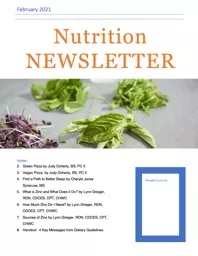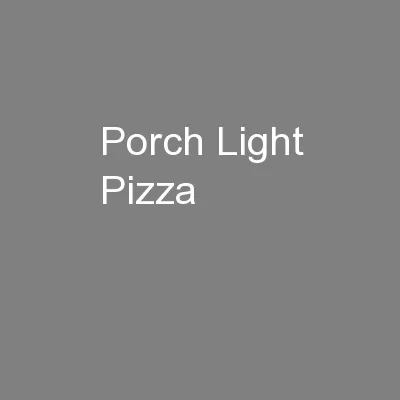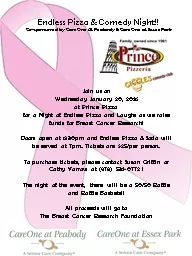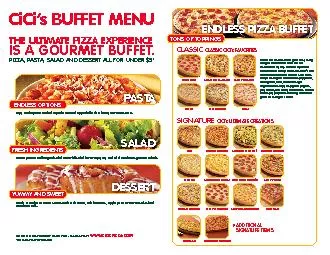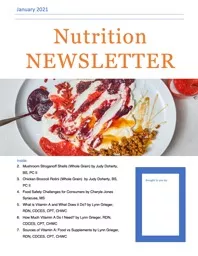PPT-Inside: Green Pizza by Judy Doherty, BS, PC II
Author : jaena | Published Date : 2022-02-10
Vegan Pizza by Judy Doherty BS PC II Find a Path to Better Sleep by Cheryle Jones Syracuse MS What is Zinc and What Does it Do by Lynn Grieger RDN CDCES CPT CHWC
Presentation Embed Code
Download Presentation
Download Presentation The PPT/PDF document "Inside: Green Pizza by Judy Doherty, BS,..." is the property of its rightful owner. Permission is granted to download and print the materials on this website for personal, non-commercial use only, and to display it on your personal computer provided you do not modify the materials and that you retain all copyright notices contained in the materials. By downloading content from our website, you accept the terms of this agreement.
Inside: Green Pizza by Judy Doherty, BS, PC II: Transcript
Download Rules Of Document
"Inside: Green Pizza by Judy Doherty, BS, PC II"The content belongs to its owner. You may download and print it for personal use, without modification, and keep all copyright notices. By downloading, you agree to these terms.
Related Documents

